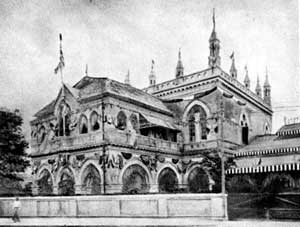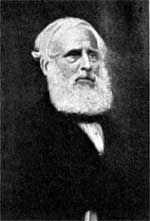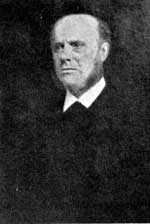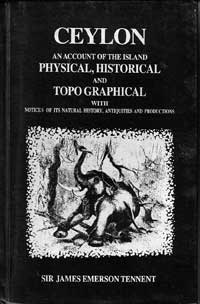Colombo Municipality is born
 |
| This was the first headquarters of the Colombo Municipal Council. Located at one end of Main Street in Pettah, the Town hall was later turned into a market until resurrected as a museum, housing material relating to the City. |
The first city to get Municipal status in Sri Lanka was Colombo. It happened 141 years ago - on November 25, 1865. Sri Lanka - then Ceylon - was under the British as a Crown Colony and the Governor, representing the monarch of England was the head of the country's administration. Sir Hercules Robinson (1865-72) was instrumental in getting the Legislative Council to pass legislation setting up the Colombo Municipal Council.
Nine members were elected to the first Council and the Governor nominated five. The elected members were: C. L. Ferdinands (Colpetty), Dr. F. W. Williford (Slave Island), J .W. Venn (Fort), F. J. de Saram (San Sebastian), Dr. J. W. Van Geyzel (Pettah), S. Tambyah (St Paul's), C. A. Lorenz (Cottanchina), J. D' Alwis (New Bazaar) and F. C. Loos (Marandahn). This was the first time that voters got a chance of electing members. Five out of the nine seats were uncontested. Six of the elected members were Burghers.
The Governor's nominees were the Government Agent - Western Province, Principal Medical Officer, Chief Engineer & Commissioner of Roads, Deputy Queen's Advocate, and Assistant to the Surveyor-General.
  |
Governor Sir Hercules Robinson (right) introduced
legislation to set up the Colombo Municipal Council of which Sir C. P. Layard was the first Chairman. |
The Council met for the first time on January 16, 1866. C. P. Layard, Government Agent - Western Province was Chairman. The Secretary was Samuel Grenier. Three offices were created - those of Secretary to the Municipal Council, Sanitary Officer and Superintendent of Roads. Five Standing Committees were set up - Finance & Collection of Revenue, Sanitary & Police, Public Works, Law, and General Business.
When the Colombo Municipal Council was established, the population was around 80,000. A more accurate figure was available with the Census of 1871 when the population in the City of Colombo was 98,843. Nearly a hundred years later, the population had grown to 511,639 (1963 Census).
|
The famous colonial administrator
 |
| Sudu Amma - Marie Musaeus Higgins |
Sir James Emerson Tennent is a name synonymous with the colonial administration of Ceylon. He functioned in the key post of Colonial Secretary from November 28, 1845.
Tennent is best known for his two-volume publication titled 'Ceylon: An Account of the Island
- Physical, Historical and Topographical'. It is the best known 19th century work on Ceylon and covers a wide field. First published in London in 1859, it went into five editions within just eight months. It is generally regarded as a classic work. He wrote at lease three other books on Christianity in Ceylon, Brahmanical & Buddhist Superstitions, and Natural History of Ceylon.
Having served as Colonial Secretary, he was sacked in 1849 (along with the Governor, Lord Torrington) for mishandling the 1848 Rebellion.
The sacking came after a House of Commons inquiry. They were found fault with, for being out of touch with people's sentiments and responding with excessive and indiscriminate
violence. |




